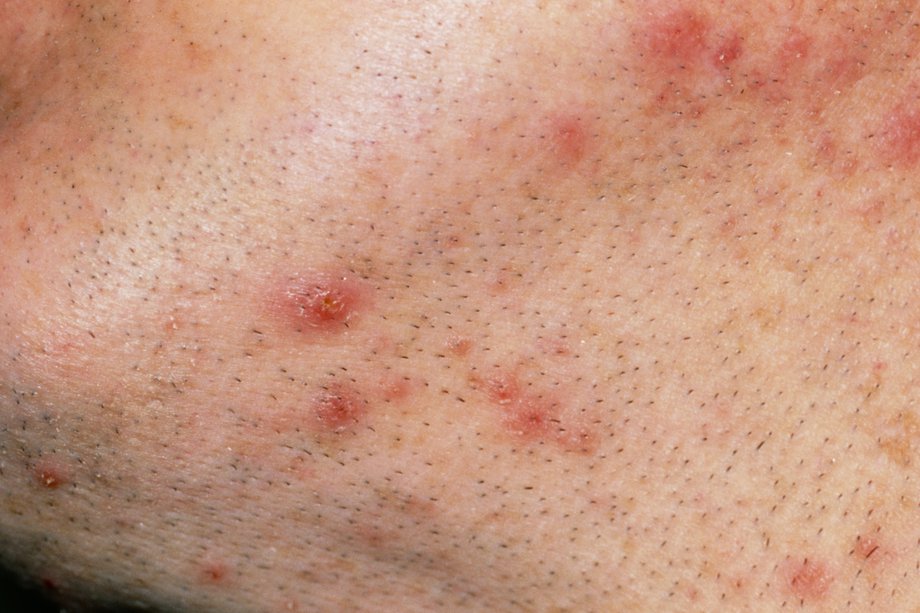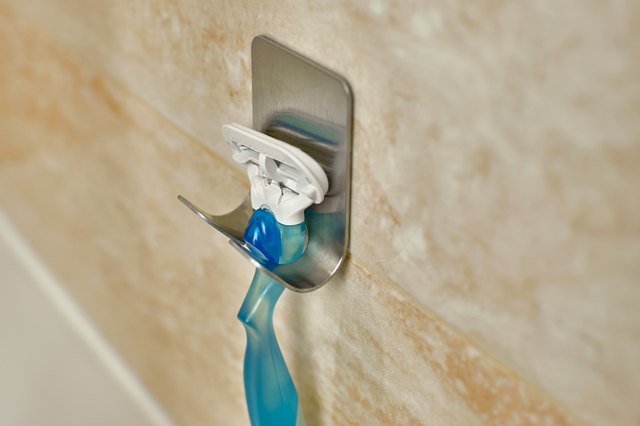Table Of Content

If you shave your pubic area with a razor, change your razor often. An old or dull razor can harbor bacteria and cause ingrown hairs. A vaginal boil (also called a furuncle or skin abscess) is a painful, pus-filled bump that develops under the skin in your pubic area. It usually happens when the bacteria Staphylococcus aureus (commonly called staph) infects the sacs that contain the roots of your hair and oil glands (hair follicles). When a hair follicle becomes infected it is called folliculitis.
Take a Warm Bath to Soothe Existing Ingrown Hairs
Once the tip of the hair is out of the skin, use the tweezers to carefully pluck the hair and remove it. Benzoyl peroxide cream is an ingredient found in OTC acne treatment that can help dry up the affected area and reduce redness. The results of electrolysis and laser hair removal are immediate. Coarse or curly hairs are most likely to grow inward, but this can happen with any hair type.
Related articles
"A warm compress is a really nice home remedy," Dr. Greves says. When you’re finished, dry the area thoroughly before getting dressed. Some home remedies may help relieve inflammation and pain. Do not use any products containing retinoids if you’re pregnant.
How can a person draw out an ingrown hair?
Picking at the hair can increase the risk of an infection spreading or worsening. If the infection becomes severe, a doctor may recommend antibiotics or other treatment. You may have a higher risk for ingrown hairs and related infections if your hair is naturally coarse or curly.
How to Shave Pubic Hair: Tips to Prevent Razor Burn on Vagina - Glamour
How to Shave Pubic Hair: Tips to Prevent Razor Burn on Vagina.
Posted: Mon, 03 Apr 2023 07:00:00 GMT [source]
They can lead to increased inflammation, pain, and the formation of pustules or cysts. You should tell your healthcare provider if you develop a boil when you are pregnant. Pregnancy does not cause boils, but certain hormonal and immune system changes could contribute to boils during pregnancy.
This fundamental difference in their origin contributes to their distinct visual presentations. Anytime you remove a hair too close to the skin’s surface, you risk agitating your hair follicles, which can impact hair growth patterns. People with coarse hair are more likely to experience ingrowns because ingrown hairs are caused by a misdirection of hair growth. In fact, the majority of people who experience ingrown hairs have naturally curly hair. Sometimes, the hair is blocked or grows in an unusual direction. It may have difficulty getting through your skin’s surface.
Body washes and lotions made with gentle glycolic acid will help. The hair grows from the bottom of your pore and is kept bathed in sebum secreted by the pore. But if the top of your pore becomes blocked due to debris or too much sebum and it swells shut, the hair can’t make its way out, resulting in an ingrown hair. There’s no cure for herpes and there’s also no treatment to eliminate the sores once they appear. Instead, your doctor may prescribe an antiviral medication to suppress herpes outbreaks. This medicine may also shorten the duration or severity of any lesion outbreaks you do experience.
Some conditions, such as sexually transmitted infections (STIs), can cause bumps that are similar in appearance to ingrown hairs. Certain people may be at a higher risk of ingrown hairs. For example, people with thick, curly hair tend to develop ingrown hairs more often than people with fine, thin hair.
Retinoids can help exfoliate your skin cells and clear up dark skin patches. If you are experiencing serious medical symptoms, please see the National Library of Medicine’s list of signs you need emergency medical attention or call 911. It's also important not to use tweezers or a needle to dig into the skin, she says, as this could lead to an infection. If there's still a bump and you pluck it out, the hair can grow back inward — and then you'll have the same problem as before.

If an ingrown hair truly needs treatment, a healthcare provider will delicately use a sterilized needle to extract it from the skin. Curly hair has a higher chance of curving back toward the skin and becoming an ingrown hair. As a result, pseudofolliculitis on the face is most common in men of African descent who shave (Ogunbiyi, 2019).
In some cases, you may be able to see the hair at the surface of the bump. Ingrown hair cysts commonly form on the parts of the body that people shave, such as the armpits. Razor bumps from shaving (pseudofolliculitis barbae) are a type of ingrown hair cyst.
However, you may need to see a healthcare provider to treat an ingrown hair cyst that's hard to get rid of. If you have any medical questions or concerns, please talk to your healthcare provider. The articles on Health Guide are underpinned by peer-reviewed research and information drawn from medical societies and governmental agencies. However, they are not a substitute for professional medical advice, diagnosis, or treatment. Ingrown hairs sometimes show up on the skin's surface as little bumps called papules.
Ingrown hairs in general typically take one or two weeks to properly heal, according to the Cleveland Clinic. When your hair curls back into your skin, the body responds with an inflammatory reaction, according to Cedars Sinai. Alternatively, a person could try inserting the edge of the tweezers under the loop and gently pulling it upward. Gently wash and exfoliate around the area to help the hair return to the surface of the skin.
Always test on a small spot first before using (Ribera, 2010). Yes, these approaches might successfully release the hair—but they come with their own risk. The tweezers in your medicine cabinet are probably not incredibly sanitary and can potentially leave scars. Digging into your skin or rubbing an inflamed area with the toothbrush you put in your mouth could introduce a cornucopia of germs. Using any of these home remedies risks trading a minor irritation for something much more severe. Ingrown hairs have likely been occurring since the dawn of shaving.








![lyrics mamaw's house [feat. morgan wallen] thomas rhett](https://dehayf5mhw1h7.cloudfront.net/wp-content/uploads/sites/683/2020/08/24135824/M_ThomasRhettCMAAwards630_08242020.jpg)
![lyrics mamaw's house [feat. morgan wallen] thomas rhett](https://images.genius.com/b6e9baffab6b0aeb015c6bd55c516975.1000x563x1.jpg)